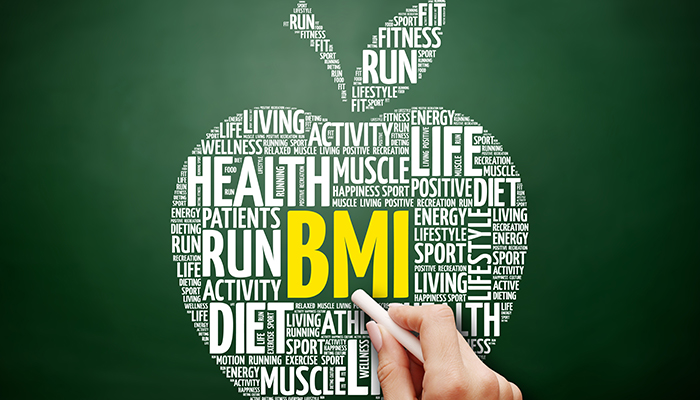It’s hard to believe that we have been living with COVID-19 for over a year now. As I reflect back on this past year, I am so proud of the resiliency that I have seen in so many kids, their families and members of the community that has gotten us through this together.
One thing that I have noticed as a pediatrician over the past year is a jump in the weight and body mass index of many of the kids I see. It is no surprise to me that this has happened. More time at home has led to increased snacking. During times of stress our bodies can crave extra carbs and comfort foods. On top of the extra calories, so many kids have been much less active than they usually are. Distance learning, sports on hold, cold winter weather and increased screen time all worked together to cause our kids to move their bodies less and burn less energy.
Body mass index is calculated through a formula with a person’s height and weight. It is used as a tool to estimate composition and allows us to categorize an individual as underweight, healthy weight, overweight and obese. Body composition changes as kids grow, so we track BMI on a growth chart that gives a percentile. For example, if a 3 year old has a BMI of 85%, they are heavier than 85% of the other 3 year olds that are their same height.
Body mass index is one piece of the puzzle in determining a healthy body weight for an individual. For example, a very muscular child may have a high BMI but still be healthy for their body type. As pediatricians, we use the trend of the BMI as one piece of information to guide discussions and motivate kids and teenagers to make healthy choices.
Before COVID-19, childhood obesity was already a serious problem. From the most recent CDC data, 1 in 5 children in the United States are obese. Some children who are obese develop health problems such as high cholesterol, high blood pressure, type II diabetes or joint problems. But even more worrisome, a child who is overweight is more likely to struggle to maintain a healthy weight as an adult. Eighty percent of teenagers who are overweight will continue to be overweight in adulthood.
As pediatricians, we are careful how we talk to kids and teenagers about their body composition and their relationships with food. Our goal is often to slow the weight gain to allow their height to catch up to their weight. Unfortunately, some children and teenagers can develop an unhealthy relationship with food and body image. So, we are happy to help to guide this discussion with you and your child to make sure changes are made in a healthy manner.
Like any change, you are most likely to have success if you start small and be consistent. Get your kids outside playing again and decrease the time spent in front of screens. Focus on getting your family back on a regular sleep schedule. Clean out your pantry and limit their access to processed snacks and junk food. Let’s embrace this feeling of a fresh start that the spring always brings with it and use this time to reset the unhealthy habits we may have developed over this past year.
| Body Mass Index for Age | |
| Less than 5th percentile | Underweight |
| 5th-84th percentile | Healthy weight for height |
| 85th-95th percentile | Overweight |
| Greater than 95th percentile | Obese |

Leave a Reply